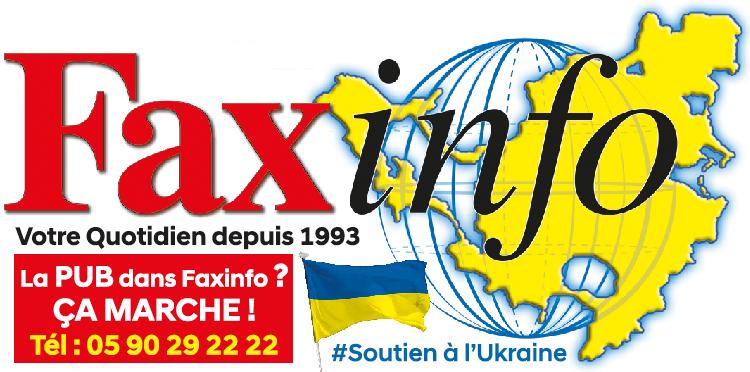Manta rays are very charismatic creatures that also live in Caribbean waters. Apart from being highly valued by divers and snorkelers for their beauty, they are also important for ocean health, as they can help control plankton and ensure nutrient cycling.
 Still, manta rays are threatened by various human activities. Fortunately, increased protection of the giant oceanic manta ray in the Caribbean region will be considered at the next meeting of the Conference of the Parties to the Cartagena Convention (COPS), which will be held during 2023 in Aruba.
Still, manta rays are threatened by various human activities. Fortunately, increased protection of the giant oceanic manta ray in the Caribbean region will be considered at the next meeting of the Conference of the Parties to the Cartagena Convention (COPS), which will be held during 2023 in Aruba.
Manta rays in the Caribbean
The Caribbean is home to two species of manta rays, the giant oceanic manta ray (Mobula birostris) and the Caribbean manta ray. Mobula birostris is the largest of the rays. It can reach a wingspan of 7 meters (maximum known 9 meters) and a weight of 1 kg. It presents no danger to humans.
Manta rays are filter feeders, taking in microscopic food (plankton) including fish larvae, krill, shrimp and planktonic crabs from the water column and filtering it through their gill plates. They play a vital role in maintaining the health of the oceans by regulating plankton levels. As they move between the surface ocean, deep waters and coral reefs, they create a valuable ecological connection by transporting nutrients.
Manta rays: an endangered species
Manta rays are threatened by various human activities. One of the biggest threats to these creatures worldwide is overfishing, as they are often targeted for their gill plates, which are used in traditional Chinese medicine. They are also threatened by bycatch, entanglements, habitat destruction and pollution. Bycatch and entanglements are probably the two biggest threats in the Caribbean.
Manta rays are the largest species of rays, they live between 30 and 50 years and reproduce slowly. The age at which giant manta rays are able to first reproduce is estimated at 9-12 years and manta rays only give birth to one young at a time. The slow life cycle and low rate of reproduction make manta rays extremely vulnerable to depletion. _AF
4,022 total views






No comments